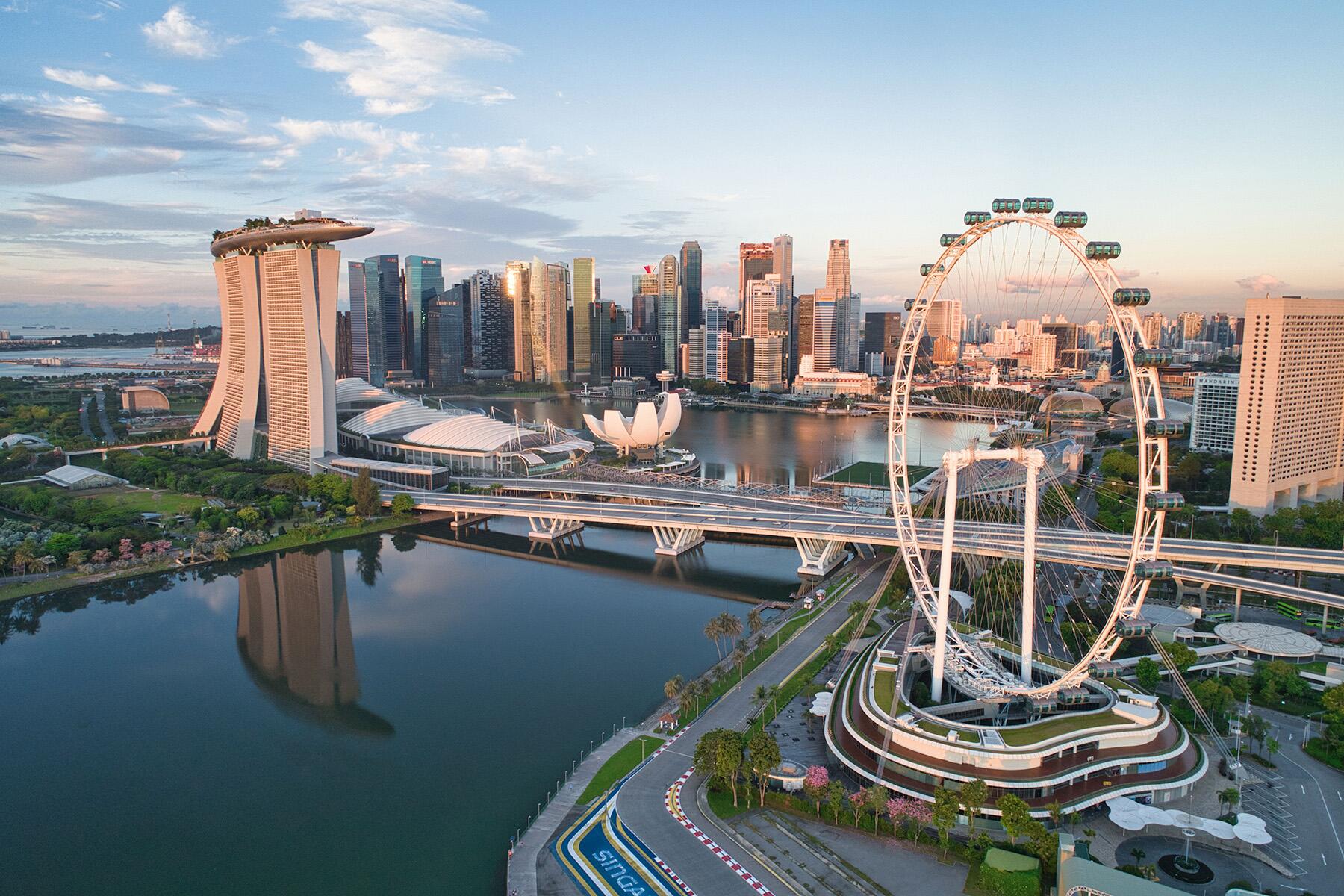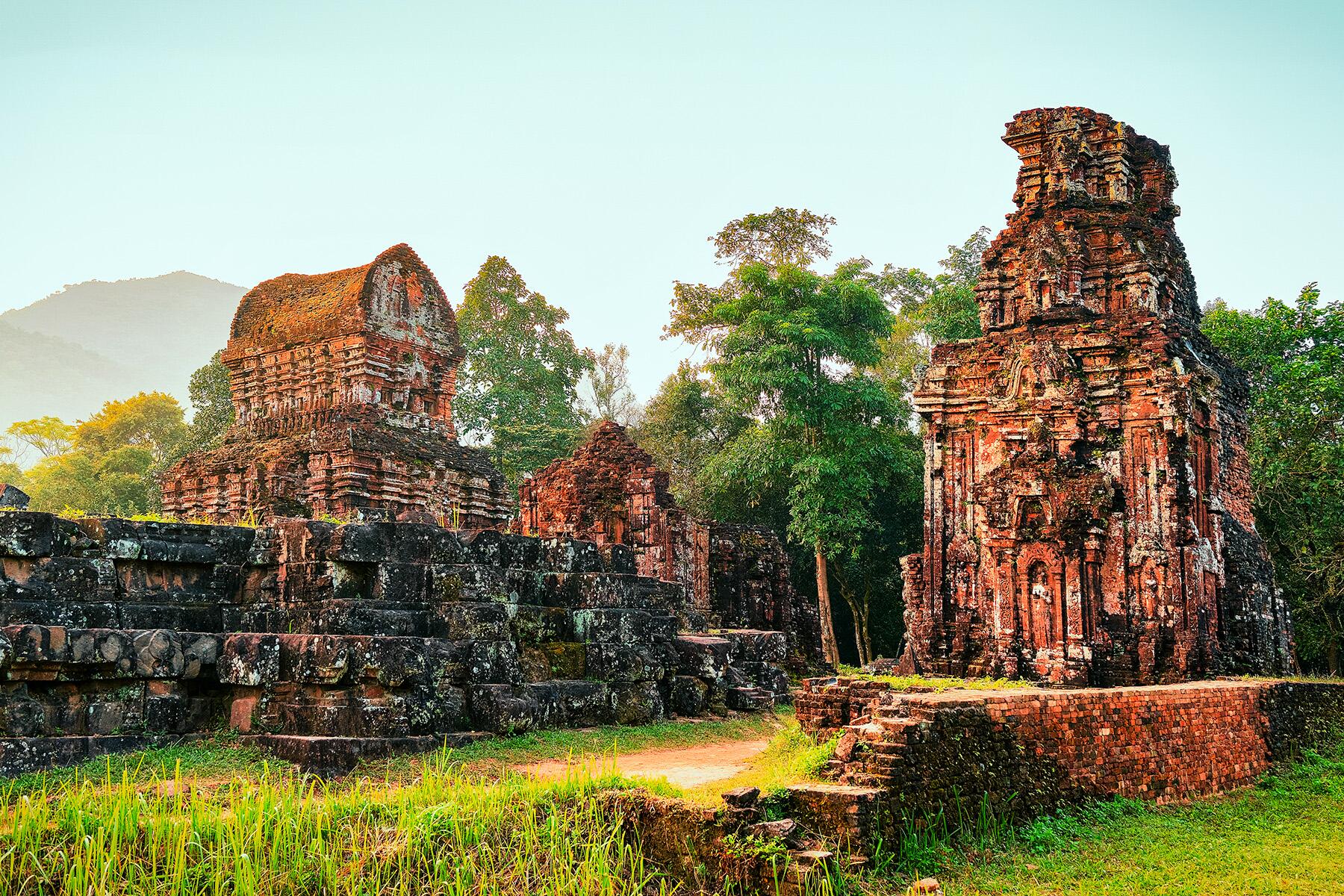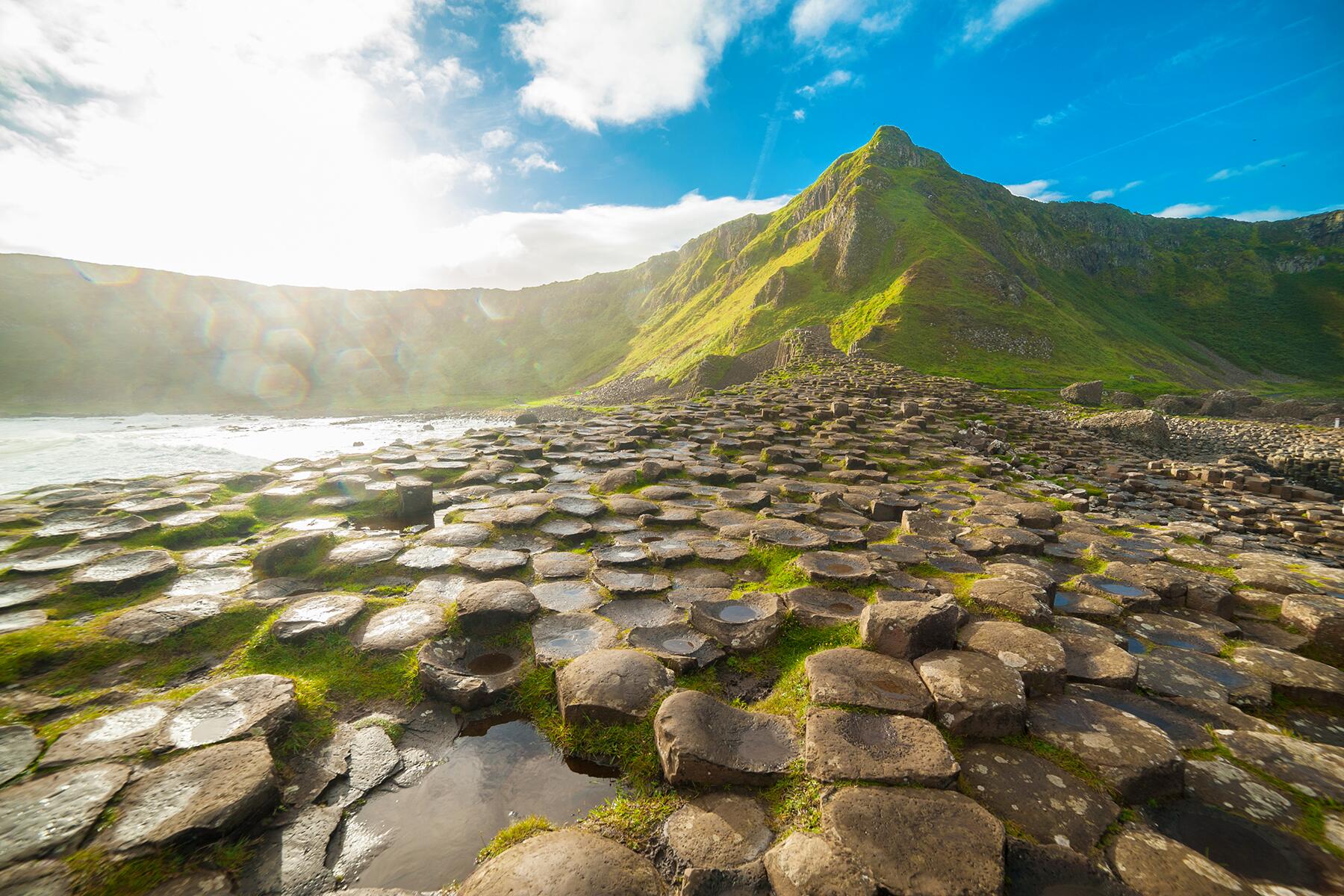- ⁄
- Travel News
- ⁄
- Mauve •
- Outdoors •
- Trip Ideas
Kazakhstan’s natural wonders are worth coming all the way to this Central Asian nation.
Once an important part of the ancient Silk Road trade route, Kazakhstan today is one of the most overlooked Central Asian destinations. Its stunning natural attractions are incredibly diverse, yet they are not widely known. The world’s 9th largest country stretches across 1.1 million square miles of snow-capped mountains, deep canyons, vast swaths of steppes, and arid deserts of Central Asia. If it were overlaid on top of the United States, the territory would extend all the way from Utah to West Wyoming and from Minnesota to Texas. Add to this the ability to explore an ancient nomadic culture, try foods you wouldn’t normally eat, and visit the city of the future and it’s clear: Kazakhstan deserves an extended stopover on a Central Asian adventure.
Top Picks for You
Get Immersed in the Original Nomad Culture
Traditionally belonging to a nomad culture, Kazakhs today retain a strong connection to the steppes and to the animal that has been crucial to their survival in the harsh environment: the horse. Providing at once food, shelter, transportation, and labor, the horse has been associated with Kazakh nomads for millennia. Indeed, the first-known domestication of horses is thought to have occurred in this area around 6,000 BC.
Descend to the Trenches
At 433 feet below sea level, the Karagiye trench in western Kazakhstan’s Mangystau region is the fifth-lowest point on Earth and the lowest spot across the territories of the former Soviet Union. Its limestone slopes and saline deposits give clues to its ancient origins: Karagiye used to belong to the seabed of the Caspian Sea. Its numerous funnels and caves, created through the underground water erosion process, make up a whimsical moonscape worth traveling to on a day trip from nearby Aktau.
Karagiye isn’t the only noteworthy low terrain in the region. About 130 miles west of the trench in Oglandy lies the burial site and an underground mosque of Beket Ata, an important eighteenth-century Sufi leader widely regarded as the prophet who’s built several mosques and a medrese (school) in the region.
Recommended Fodor’s Video
Climb the Highest Mountain
The beauty of Kazakhstan lies in the diversity of its landscapes. Here, rolling lowlands and hilly plateaus in the western and central part of the country give way to multiple mountainous ridges that coalesce into the formidable Tian Shan mountain range along Kazakhstan’s southern border with Kyrgyzstan and China. The range’s tallest glacial peak, Khan Tengri, soars above the rest at an altitude of nearly 23 thousand feet. Its dramatic, nearly symmetrical shape á-la Matterhorn has earned it the designation of the world’s most beautiful peak by those who have climbed it.
Visit the Birthplace of Apples
The fertile slopes of southern Kazakhstan’s Tian Shan mountains have historically been claimed by Soviet biologists to be the original lands of apples. After the complete sequencing of the apple’s genome in 2010, the local wild variety, Malus Sieversii has been confirmed to indeed serve as the closest relative of Malus domestica, the domestic apple. Another local apple variety, the Aport, has been the favorite of the Russian tsars and Soviet Kremlin leaders for its enormous size, juicy flesh, and an intense flavor. You can find Aport and other apple varieties at the Almaty’s biggest market, the Green Bazaar.
Ride the Dunes in the Desert(s)
Arid desert, semi-desert, and steppe lands occupy the majority of Kazakhstan’s land mass. Spread between two ancient rivers, Amu Darya and Syr Darya, Kyzylkum desert is the hottest spot in the country, with temperatures reaching +124 degrees Fahrenheit in the summer.
East of the Kyzylkum desert lies the not-to-be-missed Altyn-Emel National Park. People come here from nearby Almaty to witness the mystery of the Singing Barchan. Nearly two miles long and rising 400 feet into the air, the shifting sands of the dune make a deep guttural sound when the particular weather conditions–dry and windy–are met. Scientists attribute this phenomenon to the friction of sand as sand grains slowly slide down the Singing Barchan. This process electrifies the particles and a peculiar vibration occurs in the air, producing the strange low sound.
Try the Drink of the Nomads
Kazakhs of the past used to rely on their horses and camels for survival in the vast steppe and desert lands. Although the lifestyle is mostly settled now, the traces of the strong nomadic equine culture can be found throughout present daily life. Fermented horse milk (koumiss) and fermented camel milk (shubat) are popular drinks in Kazakhstan to this day. They are a staple on most restaurant menus and roadside stands. Referred to as “white gold” for its nutritional and medicinal properties, shubat is believed to be a good prevention drink for many serious diseases.
Swim in the Sea That Is Actually a Lake
The world’s largest inland body of water, the Caspian Sea, has been called both a lake and a sea as it shares the characteristics of both. In Aktau, a small desert-bound town perched on the eastern shores of Caspian Sea in western Kazakhstan, you’ll find minimal crowds, several relaxing beaches, and hot springs with medicinal mineral waters in the nearby desert oases.
Take a Hike
Kazakhstan’s multifaceted landscapes offer many opportunities to get outside. While hiking through Southern Kazakhstan’s Charyn Canyon, you’ll see whimsical fairy-chimney-like landscapes, deep ridges cut into the land by the million-years-old river currents, and multicolored—red and yellow—mountain formations. For its steep slopes, the sheer scale and grandiose views, the canyon is sometimes referred to as Grand Canyon’s little brother.
In the west, hiking through the hard-to-reach Ustyurt Plateau offers an opportunity to spot many an elusive wild species, including the ram of the steppes, the mouflon, and the steppe cat, the caracal. Ustyurt Plateau is also home to Torysh, the mysterious Valley of Balls with nearly perfect round boulders and marble-sized stones scattered throughout the land.
Travel to the Future
Called the Dubai of the steppes for its futuristic cityscape with extravagant luxury structures bordering on the flamboyant, the country’s new capital, Astana, is a billion-dollar mirage worth trekking to across the steppes of northern Kazakhstan. Erected nearly from scratch in the middle of no man’s land, the city has grown in the last two decades to an eerie amusement park with an estimated 40 billion dollar playground. Among the toys: a glass-and-steel pyramid-shaped Palace of Peace and Reconciliation and the cutting edge Khan Shatyr Entertainment Center constructed in the form of a giant transparent tent.
Built according to the President’s vision, the soaring Bayterek Tower in the city center is a tribute to Kazakh traditions and, at 97 meters tall, the symbol of the new capital (the governmental transition from Almaty to Astana occurred in 1997). The tower’s 300-ton sphere represents the golden egg from the Bayterek (Tree of Life) Kazakh legend, but perhaps even more legendary are the artifacts to be found inside the building, including an enormously large golden imprint of President Nursultan Nazarbayev’s hand.
Meet the Balbals
You won’t have to travel to the Easter Island for this, but you will have to venture to East Kazakhstan’s steppes to see ancient idols etched into granite stone adorning the local landscape. Balbals are the stone warriors of the ancient shamanistic religion of the steppes, Tengri, that honored the Big Blue Sky. The idols are always facing east, in the direction of the spirit of the rising sun. Dated between the 6th and 14th centuries, Balbals are believed to serve as monuments to the prominent warriors of the time. The statues are scattered throughout the Kazakh steppes, but the largest accumulation can be found in the eastern Shingistau region.
Get Close to the Stars
Russia’s official space missions actually launch from southern Kazakhstan’s Baikonur Cosmodrome, a 100-square-mile area rented and administered by the Russian Federation near a small town by the same name. What is the best part about it? You can actually witness a space rocket launch. Several companies, such as Star City Tours, offer thrilling multi-day opportunities to visit the site and observe all stages of both manned and unmanned take-offs.
Learn About Local Delicacies
While we’re not condoning eating horse, there is no getting around it: if you get invited to dastarkhan, an honorary dinner at a Kazakh’s home, you will most likely be offered beshbarmak, horse meat stew with potatoes and onions, alongside a generous serving of kazy, the horsemeat sausage. Eating horse meat is not a taboo here: in fact, it is considered healthier than beef or lamb and is reserved for special occasions. Refusing a dish after a generous welcome is not recommended. In Almaty, try beshbarmak at Zheti Kazyna, a popular dining-hall style restaurant with traditional Kazakh interior design.





